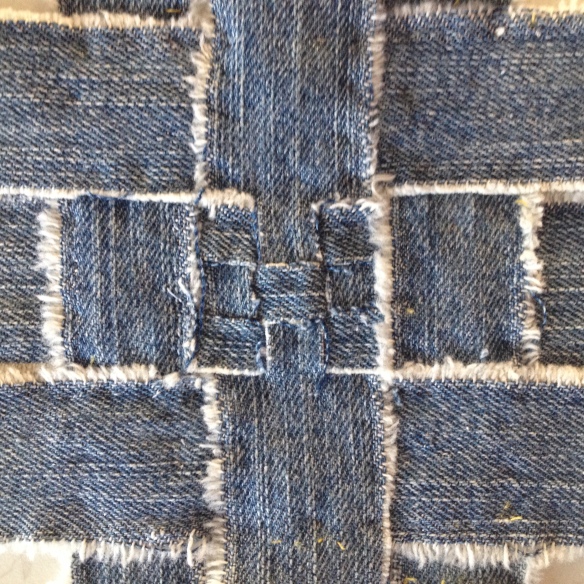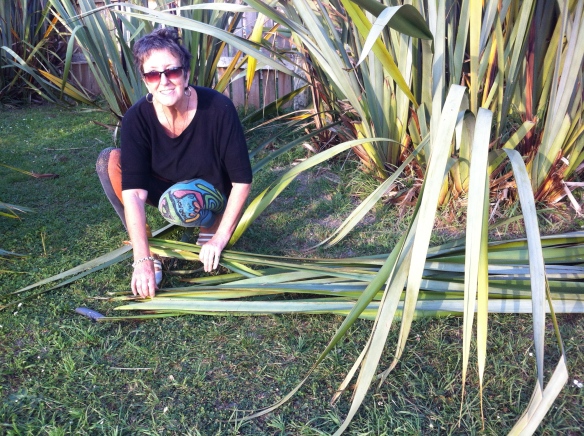I don’t make New Year resolutions however, in recent years, I have chosen a word to guide my actions. Sometimes this isn’t successful though and for 2015 I had to go back through Quinn McDonald‘s blog to find out what it was. That hasn’t deterred me for choosing one for this year. She wrote a great post of selecting your word here.
I chose the word ADVANCE . . . as a verb. I’ve sat with it, considered it, for a week or two now and have changed it for the word ATTEND . . . again as a verb. I will attend to now, attend to self-care, attend to my thoughts and listen to what is blowing in on the wind. Nice and simple. No earth-shattering leaf-turning changes . . . I will just attend, 100% as often as I can and forgive myself when I can’t.
There is a second idea I have for the year. As I have most of what I need, more than what I need in some instances, I’m wondering how long it will be before I need something that isn’t a consumable . . . that includes books and art supplies, food and drink, basic clothing (public nudity isn’t welcome in my small corner of paradise), items to maintain the state of my house so it doesn’t fall down around my ears, and perhaps music.

Free basic art supplies . . . sticks of perfectly good charcoal made from grapevine trimmings in a brazier (a large terracotta flower-pot wrapped in chicken wire so it doesn’t fall apart). The brazier was a gift couple of years back, the grapevine trimmings from my son’s house and the fuel was driftwood from the beach.
My needs are few and my wants can’t be bought. Happy New Year to every one of you.














